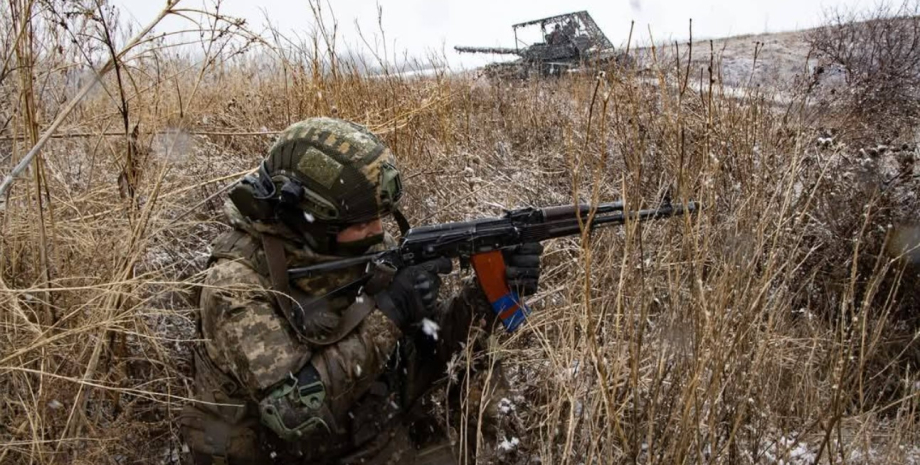
Recent negotiations of Russian and US delegations in Riyadh, as well as Trump's statements, confirm the intention to review the degree of American participation in the Russian-Ukrainian war. However, the complete end of the conflict is always a complex process that contains a large number of "if".
Therefore, in the event of the fighting of Kiev, the strategic defense plan is required, and its main theses have already been voiced by President Vladimir Zelensky and the highest military leadership of the country. In this article, focus found out what key tasks are facing the armed forces, which are priorities that are based on a military strategy, and how Ukraine will generally fight if help from Americans is sharply reduced.
Despite the tactical successes of the Armed Forces of the Russian Federation in some sections of the front, Ukrainian troops continue to hold positions in key areas. In the south along the line of combat collision Kherson-Orykhiv-Gulyaypole the situation on the front is stable-over the past year, the enemy attempted to advance in the Orikhov area, but unsuccessfully. A more difficult situation arose in Donetsk region, where Russian troops had an initiative during 2024.
At the cost of large losses, the Russian army took control of a large section of the front south of Pokrovsk along the Kurakhove-Vuglledar-Velik Novosilko. However, in almost two months of the current year, the occupation troops failed to break through the defensive frontier of the Armed Forces, where heavy rearguard battles continue. In the direction of Konstantinovka, the enemy faced the fierce resistance of the Ukrainian forces in the settlements of Toretsk and the time of Yar.
The dynamics of battles in fact indicate the impossibility of breaking the defense of the defense in this area, since in a year of heavy fighting the Russians managed to move only a few kilometers, after which the Russian troops were struck in city battles. The northern direction is also held by the Ukrainian forces - in the year of hostilities the enemy failed to move.
At the same time, the Armed Forces of the Russian Federation attempts to break through Kupyansk, where the bridgehead is created to the north of the city east of the Oskil River for further development of the offensive. In the Kharkiv direction of the enemy was stopped in Volchansk and in the Liptsi area. Since May last year, when the attempts of the Russians of the storm "in the forehead" failed, the front line remains stable.
The most painful blow to the occupiers was the Kursk Operation of the Armed Forces, started in August 2024. As a result of a rapid border breakthrough, Ukrainian troops were controlled by about 1,000 km² of territory, including the city of Sudzh.
The military leadership of the Russian Federation, as well as Russian propagandists, declared as soon as possible the displacement of Ukrainian troops, but in half a year these plans were never realized, which was evidence of the potential of the Ukrainian army and vulnerability of the enemy's armed forces. In general, the situation on the Ukrainian fronts was outlined by the Commander -in -Chief of the Armed Forces Alexander Sirsky.
According to him, the situation remains difficult, but the Ukrainian army continues to effectively strike at the opponent's military objects, in particular in the territory of the Russian Federation. "The situation is complicated, but we are decently repel. In 2025, the Armed Forces of Ukraine plan to review their strategy for war and strengthen the country's defense in the face of a continuous armed conflict.
According to official statements of the Ministry of Defense of Ukraine and the General Staff of the Armed Forces, the military strategy will be based on four key priorities. One of the most important aspects of the strategy is to keep and strengthen positions on the front line. The Ukrainian command intends to prevent further promotion of Russian troops, providing stable defense in key areas.
To do this, the Armed Forces will focus on strengthening fortifications, modernization of equipment and improving mobile defense tactics. Thus, the Deputy Head of the Department of Engineering Forces of Support forces Colonel Volodymyr Husar during a briefing stated that the creation of fortifications was ensured by "all necessary materials". In addition, in early February, the head of the Ministry of Defense Rustem Umerov announced the launch of the Drone Line project.
The so-called "Kill Zone" will be created in the front territory of 10-15 km deep, while in the future the depth of the zone can be increased to 40 km. The second priority is the expansion of the Armed Forces by increasing the combat capability and training of personnel. Ukraine is actively implementing reservists training programs, expanding cooperation with NATO partners in military training and increases the production of domestic weapons.
The development of the territorial defense system and the modernization of the Armed Forces play an important role in this process. This strategy involves the development of air defense and ensuring the safety of maritime communications. For this purpose, Ukraine continues to improve the air defense system to protect critical infrastructure, cities and military facilities from missile and aviation strikes.
In this aspect, Ukrainian armed forces are entrusted to both their own expense and the help of allies. Moreover, on February 19, Zelensky stated that Kyiv seeks to obtain a launcher production for Patriot missile production, which showed their efficiency in Ukraine. The Ukrainian command probably intends to use non -standard tactics to neutralize the numerical advantage of the enemy. These include the active use of unmanned aircraft, robotic systems and artificial intelligence technologies.
This will make it possible to compensate for the numerical advantage of the enemy due to point strokes and flexibility of tactical solutions. Separately note the positive dynamics of the Ukrainian defense-industrial complex. According to the State Statistics Service of Ukraine, in the first quarter of 2024, the production of weapons increased by 25. 4% compared to 2023. In particular, in January 2024, growth was 26. 6%, in February - 29%, and in March - 18.
8%compared to the corresponding months of the previous year. In turn, Umerov suggested that in 2025 the capacity of the Ukrainian defense-industrial complex could reach $ 35 billion. However, two conditions are needed - investments from partners and the creation of joint ventures to maximize the potential of our MIC.
At the beginning of the year, the Prime Minister of Ukraine Denis Shmigal announced that during 2025 at least 30,000 long-range drones and approximately 3,000 winged missiles and rockets and missiles were planned. According to the prime minister, the budget of Ukraine for defense and security in 2025 will be UAH 2. 23, of which at least UAH 739 billion will be allocated for the purchase of weapons and military equipment.
In January 2025, Minister of Strategic Branches of Ukraine Herman Smetanin said that the country produces more than a third of the weapon it uses. Production increased from $ 1 billion in 2022 to $ 20 billion in 2024, with a predict from reaching $ 30-35 billion in 2025. The pace of development of "Ukrainian armored vehicles" is also noteworthy. In an interview with Forbes CEO Vladislav Belbas said that in three years it increased 470 times - from UAH 103 million in 2021 to UAH 48 billion in 2024.
In 2024, the head said, the company sold the state to almost $ 1 billion, which indicates its significant contribution to the strengthening of the country's defense capability. In 2024, Ukraine significantly increased the production of unmanned aerial vehicles (UAVs), reaching unprecedented scale in the defense industry. According to the Ministry of Defense of Ukraine, since the beginning of 2024, domestic enterprises have produced and harvested more than 1.
5 million FPV-oules, not counting other types of drones. Since the beginning of the full -scale war, Ukraine has spent more than $ 320 billion in defense, of which $ 200 billion came from the Allies, with about 30% of the Ukrainian army arms. These figures, voiced by Vladimir Zelensky, clearly show how much Kiev depends on external support.
Against this background, the key question is: who will provide the Armed Forces in the event of changes in US policy under the new White House administration? With the arrival of Donald Trump to power, the situation with military support may change. The current US president has long been known for his position: America should not be involved in conflicts that do not threaten its national interests.
During the election campaign, Trump directly stated that Europe should take on most of the military spending, and now this issue is particularly acute against the backdrop of the negotiated negotiation process to resolve the situation in Ukraine. However, if Trump demands that Europe take over the financing of weapons supplies, the EU will face disabilities.
According to analysts, Europeans will be able to replace some positions, but will not be able to produce critically important ammunition and rockets. For example, Patriott missiles are produced exclusively in the United States. Only at the end of 2024, the European Countere Countere began construction of a GEM-T missile issue for these systems, which does not solve the problem deficit.
In addition, Europe does not produce HIMARS ammunition that make a huge contribution to the combat capability of defense forces. The issue of shell supplies to the M777, BMP Bradley, Stryker and M113 BMP service remain open. Even Europe does not own the reserves of cassette ammunition, and the supply of standard artillery shells 155 mm in the amount of 1 million units per year require significant production capacity.
The only country that is relatively autonomous in terms of the defense industry is France. But even Paris will not be able to compensate for the shortage of American weapons in the short term. In this way, the EU faces a dilemma: either to finance the purchases of American weapons for Ukraine, or to accelerate the development of its own MIC.
After the Munich Conference, a number of European leaders talked about the possibility of introducing a peacekeeping contingent of Western countries into the territory of Ukraine. Some European countries, including the United Kingdom, France and Northern Europe, express support for the idea of deployment of peacekeeping forces in Ukraine in the event of a ceasefire agreement.
However, Poland and a number of other countries are skeptical of this initiative, pointing to the difficulty of implementing and potential risks. Thus, on February 17, an emergency summit of EU leaders on the Ukrainian issue took place in Paris. According to the meeting, German Chancellor Olaf Solz opposed the discussions on the deployment of European military in Ukraine. For his part, the British Prime Minister Eden stated the UK's willingness to introduce his troops into Ukraine.
Moreover, the British media reported the readiness of the British Typhoon fighter fighters for patrolling in the Ukrainian airspace. It should be noted that despite the support of some European countries, the implementation of such a mission faces many political and practical obstacles, including the need for an international mandate and the consent of all parties involved. In addition, the issue of the number of peacekeeping forces remains open.
According to Zelensky, at least 200,000 soldiers will be required to prevent a new attack after any ceasefire agreement. But how real is this option? After all, this number is equal to all fighters of France's armed forces. The head of the Main Directorate of Intelligence of the Ministry of Defense of Ukraine Kirill Budanov also spoke on this issue. He expressed doubt about the effectiveness of peacekeeping forces as a mechanism of security guarantees.
The GUR leader gave examples of world experience, noting that peacekeeping missions usually do not produce the expected result. "Maybe there is somewhere, but I do not remember this case. I was interested, many examples have disassembled, nowhere. So can it be considered a guarantee? In question," - said Budanov. He also stated that the probability of ceasefire regime this year is quite high.
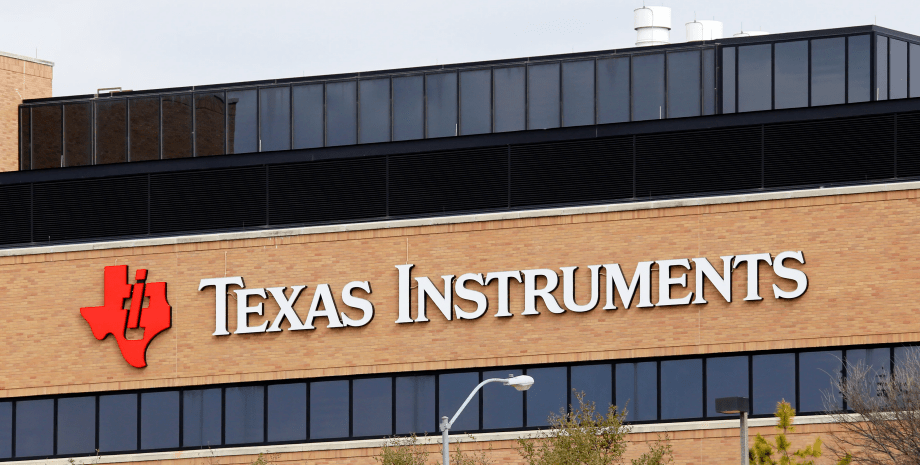

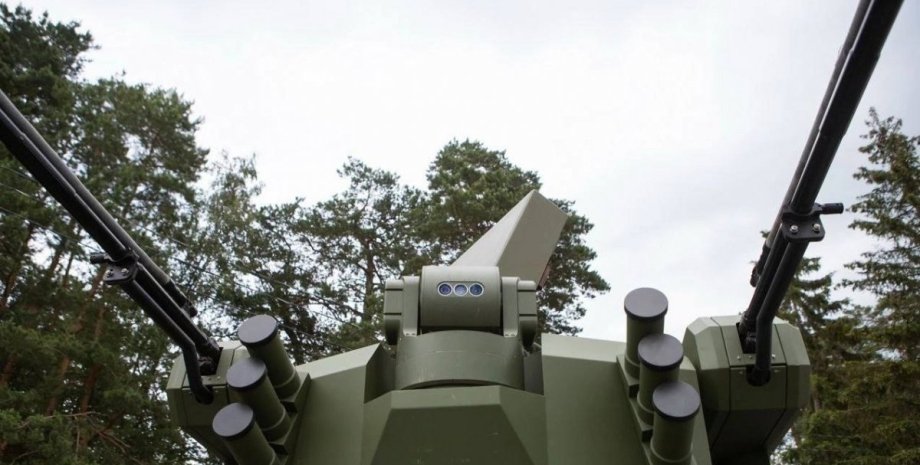
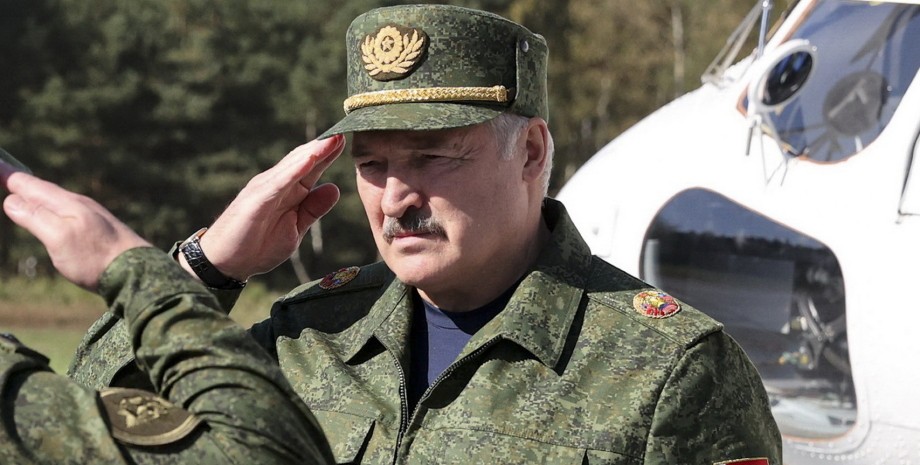
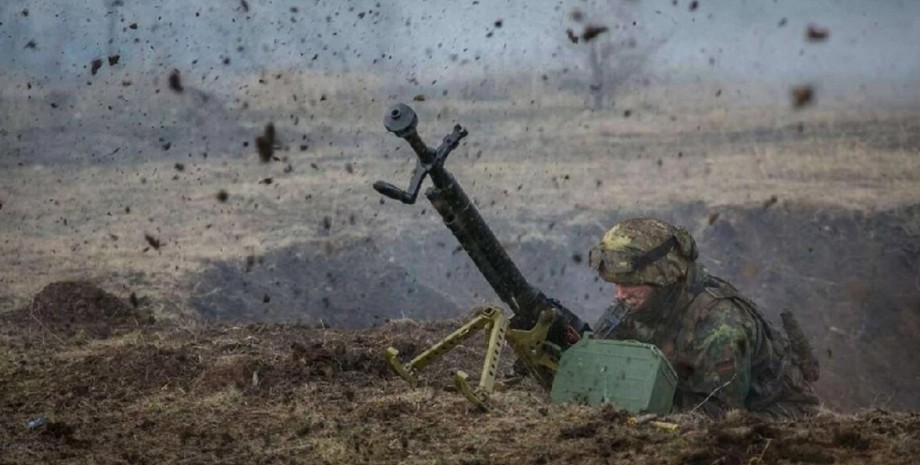

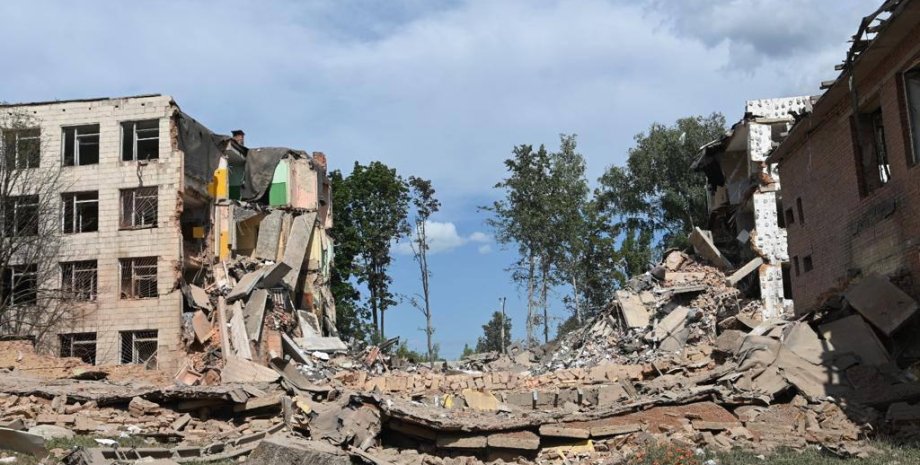
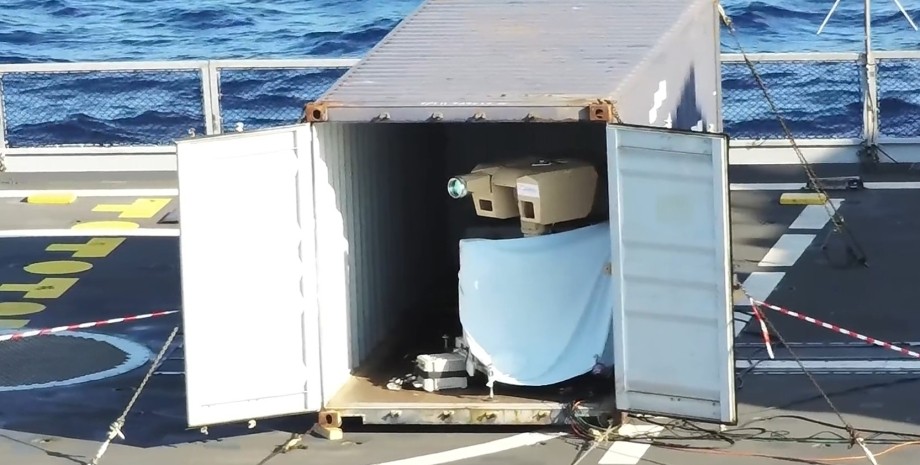
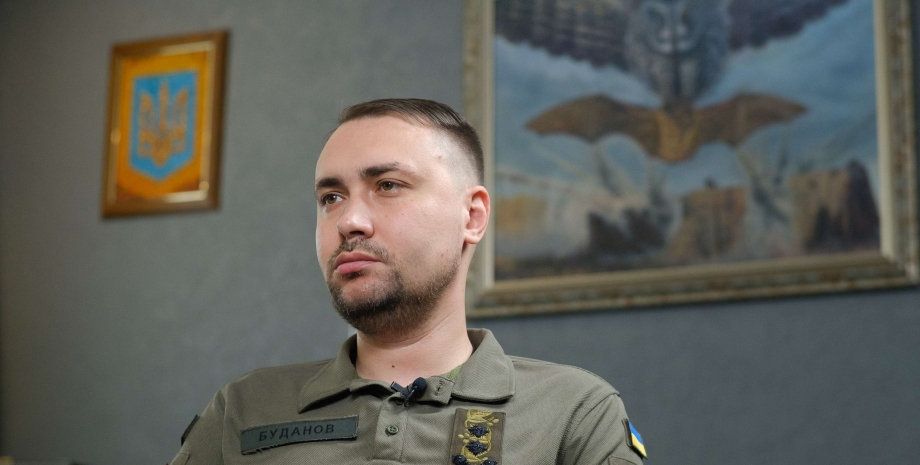
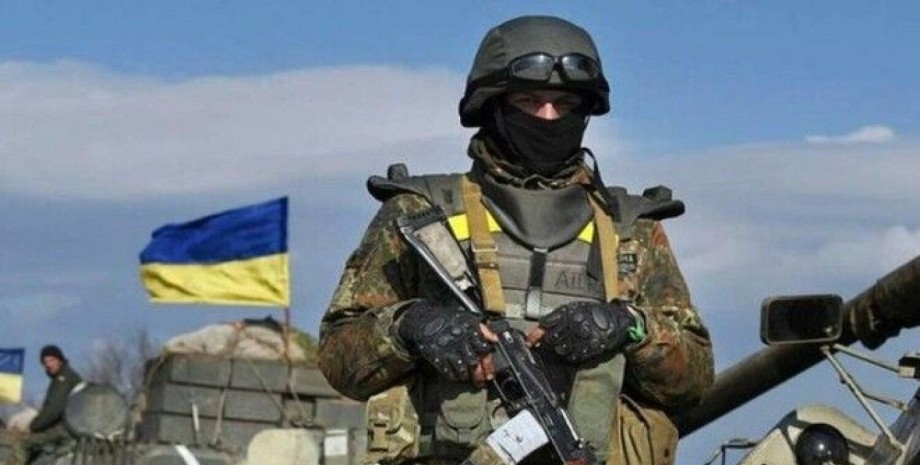
All rights reserved IN-Ukraine.info - 2022